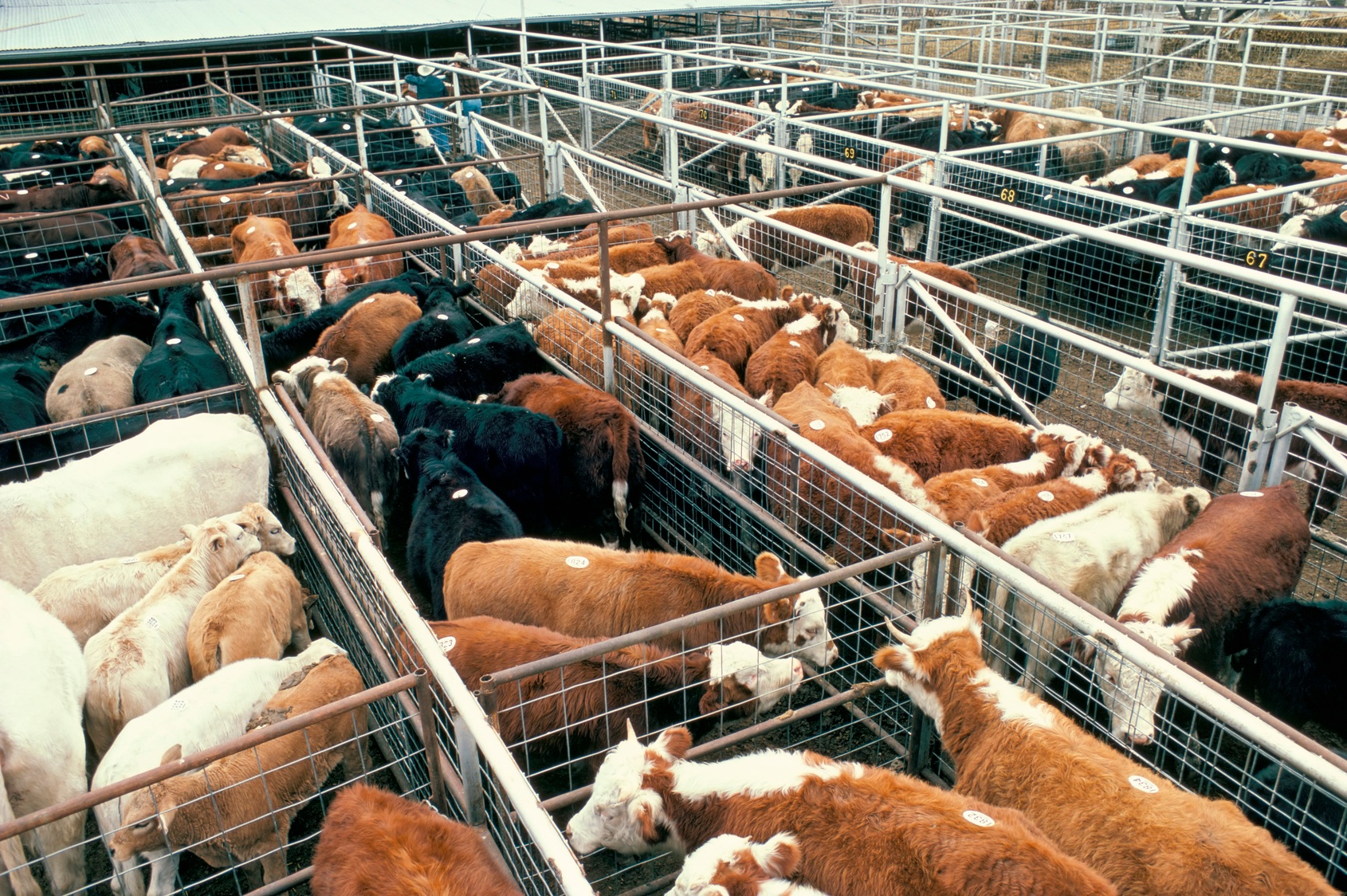For Immediate Release: November 30, 2023
Contact: R-CALF USA CEO Bill Bullard
Phone: 406-252-2516; r-calfusa@r-calfusa.com
Please find below R-CALF USA’s weekly opinion/commentary that explains that the structure of the U.S. cattle market is more dysfunctional today than it was just three years ago, and what must be done to fix it. It is in three formats: written, audio and video. Anyone is welcome to use it for broadcasting or reporting.
We’ve Waited Too Long
Commentary by Bill Bullard, CEO, R-CALF USA
In 2019, the volume of fed cattle sold in the negotiated cash market fell to the lowest level in history. It fell to less than 21%. This means less than 21% of all fed cattle sales occurred in the price discovery market. More plainly, only about 100,000 cattle set the base price for the roughly 500,000 fed cattle sold each week.
Everyone knew this was bad news for the U.S. cattle industry. So, at our and a handful of other organization’s request, Congress introduced legislation to increase the percentage of cattle that must be purchased in the cash market – the industry’s critical price discovery market.
In early 2020, Sens. Chuck Grassley (R-IA) and Jon Tester (D-MT) introduced a bill requiring the four largest beef packers to purchase at least 50% of their cattle needs from the cash market.
Immediately, a loud squeal erupted from the corporate boardrooms of the multinational beef packers and all the industry trade associations that dutifully kowtow to the global packers’ refrain that markets are working fine and nothing but small tweaks are needed to make them perfect.
But the threat of serious and meaningful market reform was real … obviously, there was now an officially introduced bill in Congress. And during that year, the cash market percentage jumped 2.5 percentage points. But the opponents were quickly devising a strategy to kill the bill.
First there was the call to reduce the required 50% cash market purchases to just 30%, and then there was an all-hands-on-deck effort to persuade the multinational packers to voluntarily increase their cash market purchases under threat of stern looks and frowns if they did not comply – and, yes, I’m mocking those efforts.
But the packer-led opposition raised such a ruckus that the Senate agriculture committee refused to even schedule a hearing on the bill, so when Congress adjourned the 116th Congressional Session, the bill died for lack of action.
Despite the corporate cry that their bill would cause the sky to fall, Sens. Grassley and Tester reintroduced their 50% bill in early 2021, but not before the corporate opponents had convinced Sen. Deb Fischer (R-NE) to introduce a compromise bill that didn’t require any level of cash market purchases; instead, it delegates Congress’s authority to pass laws to the U.S. Department of Agriculture (USDA) and directed it to study the market and then, if it chooses, to set minimum purchasing requirements.
So, there it is. Three years have gone by since Congress set out to reform the structure of the U.S. cattle market by forcing the largest packers to actually compete for at least half their cattle. And today, three years later, nothing has happened. Nothing except that many U.S. ranchers were forced to liquidate cattle due to widespread drought, resulting in an extreme tight supply situation, which has at least temporarily driven cattle prices higher.
Now very recently, we’ve seen huge swings in the cash market, with fed cattle losing about $5 per cwt the week of November 6. Now consider this: In the third quarter of this year, the volume in the competitive cash market shrank to under 18%.
So, here’s the problem and the opportunity: The structure of the market today is worse than it was during the six-year period from 2015-2020 when cattle prices were seriously depressed, and that’s because the volume in the price-discovering cash market has shrunk to dangerously low levels. The reason cattle prices have recently increased is that our industry experienced a severe God-made shock … a widespread drought, resulting in extremely tight supplies in the face of years-long, strong beef demand. This is why prices are higher.
But because the structure of the market is actually worse than it was before the drought, when the effects of the drought are over, we can and should fully expect a dysfunctional cattle market.
Now that’s the problem and here’s the opportunity: The 2023 Farm Bill has now been extended into 2024. That means there’s time to do what we should have done three years ago, and that is to pass legislation in the farm bill that forces the largest packers to actually compete for the cattle by requiring them to purchase at least 50% of their cattle in the price-discovering cash market.
We know with certainty that the largest packers have continued their strategy to continue shrinking the cash market. And they’ve been successful. It has shrunk an additional three percentage points since Sens. Grassley and Tester first introduced the 50% bill. And if you use the third quarter of 2023, the shrinkage has been nearly six percentage points.
It’s high time we fix the broken structure of the fed cattle market. The farm bill is the vehicle to do that. Call your members of Congress and tell them to reintroduce the Grassley-Tester bill that would force the big packers to compete for at least half the cattle they purchase each week.
###
R-CALF USA’s weekly opinion/commentary educates and informs both consumers and producers about timely issues important to the U.S. cattle and sheep industries and rural America.
Ranchers Cattlemen Action Legal Fund United Stockgrowers of America (R-CALF USA) is the largest producer-only trade association in the United States. It is a national, nonprofit organization dedicated to ensuring the continued profitability and viability of the U.S. cattle and sheep industries. For more information visit www.r-calfusa.com or call (406) 252-2516.






